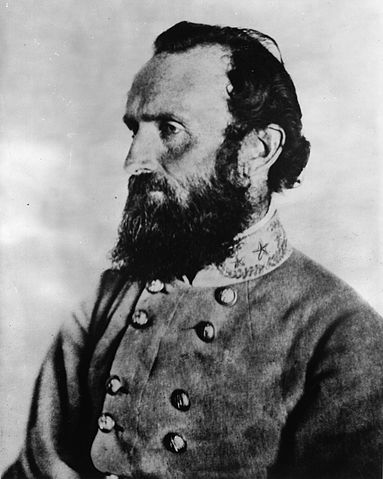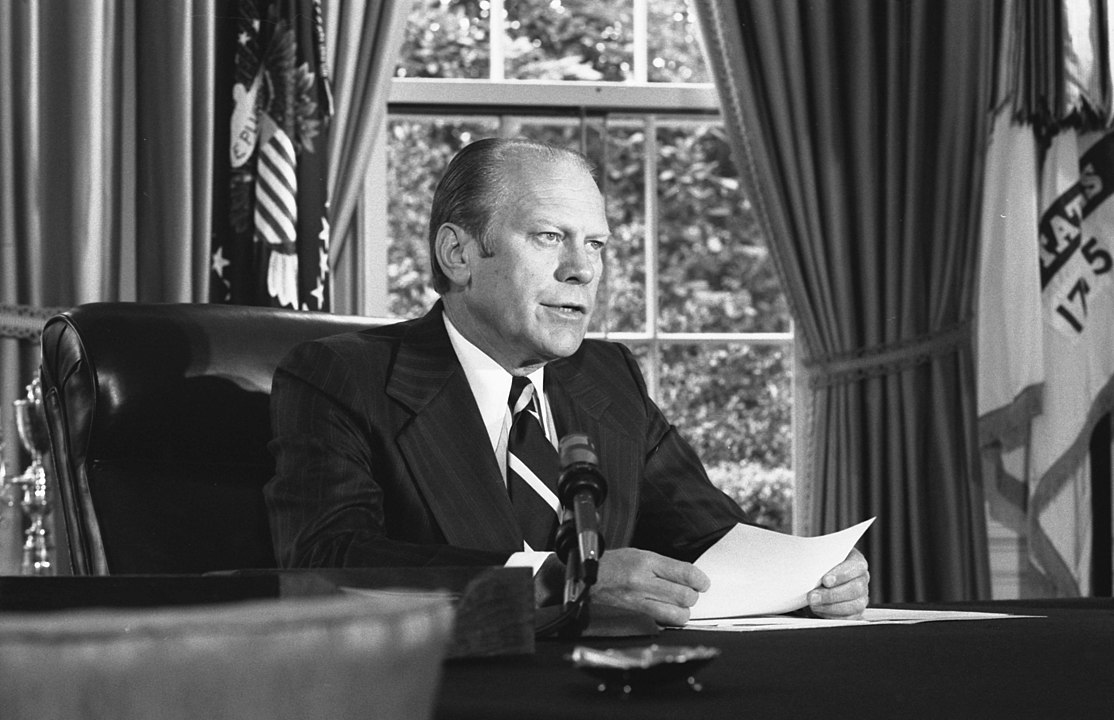In the fall of 1959 I was working at an IBM engineering and manufacturing plant in San Jose, California, one of the few well-established technology enterprises in northern California at the time. One day word came that Nikita Khrushchev, the premier of the U.S.S.R., would arrive within the next several days. To just about every American then, he represented all that was wrong in the world, and his in-your-face style of confrontation ensured that people had strong opinions about him.
It is unlikely a similar visit could occur today. Saddam Hussein and Muammar Qaddafi are the best current comparisons, and it’s not hard to imagine what would occur if either one of them came to this country and tried to go to Disneyland.
In preparation for Khrushchev’s arrival, IBM supervisors advised everyone holding negative views about the visit to stay home. Diplomatically, all the bomb-shelter signs—and there were a lot of them—were removed. According to most press accounts, there were four or five security people, both uniformed and plainclothes, for every IBMer. One friend said to me, “That’s about right.”


